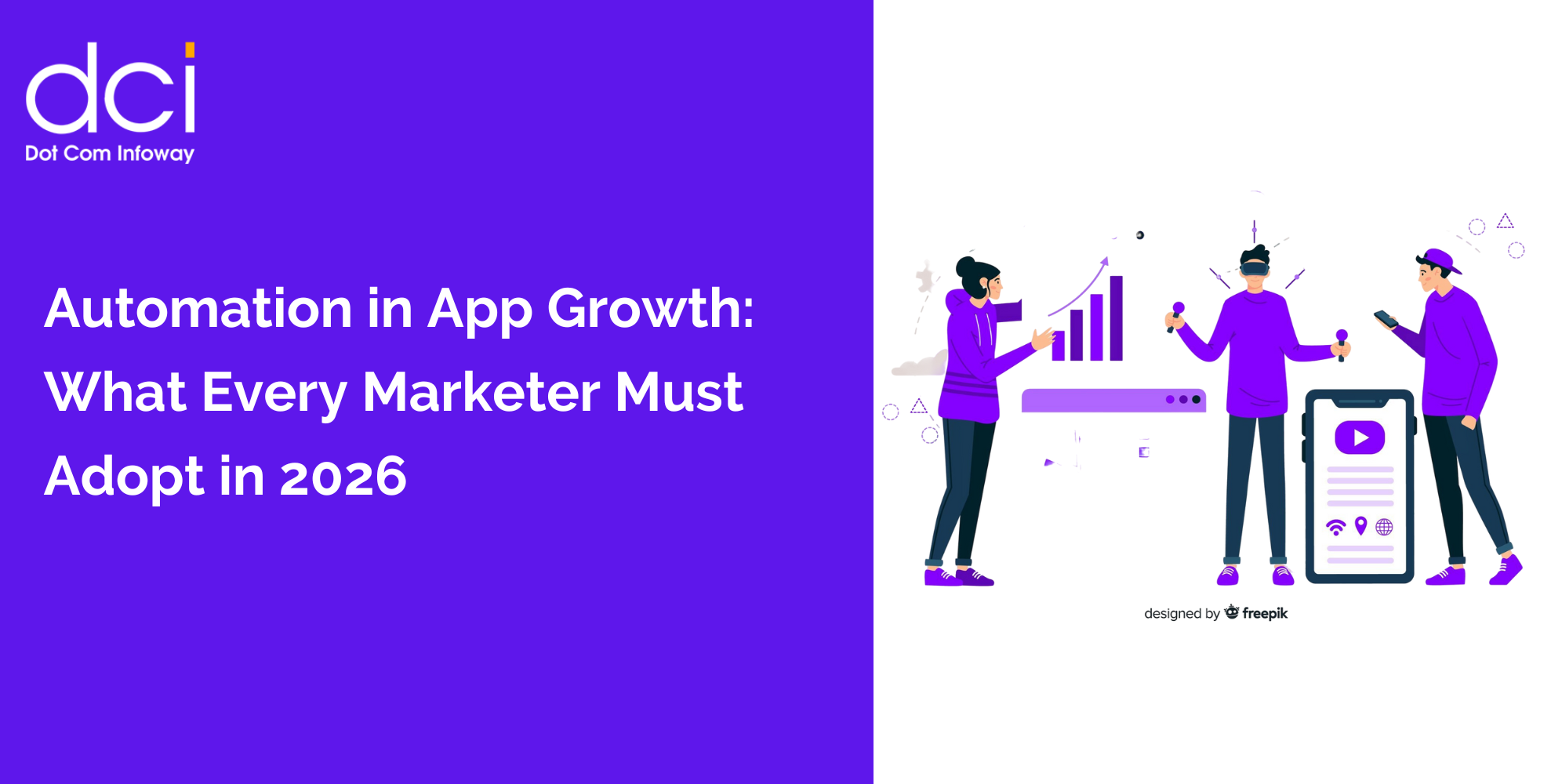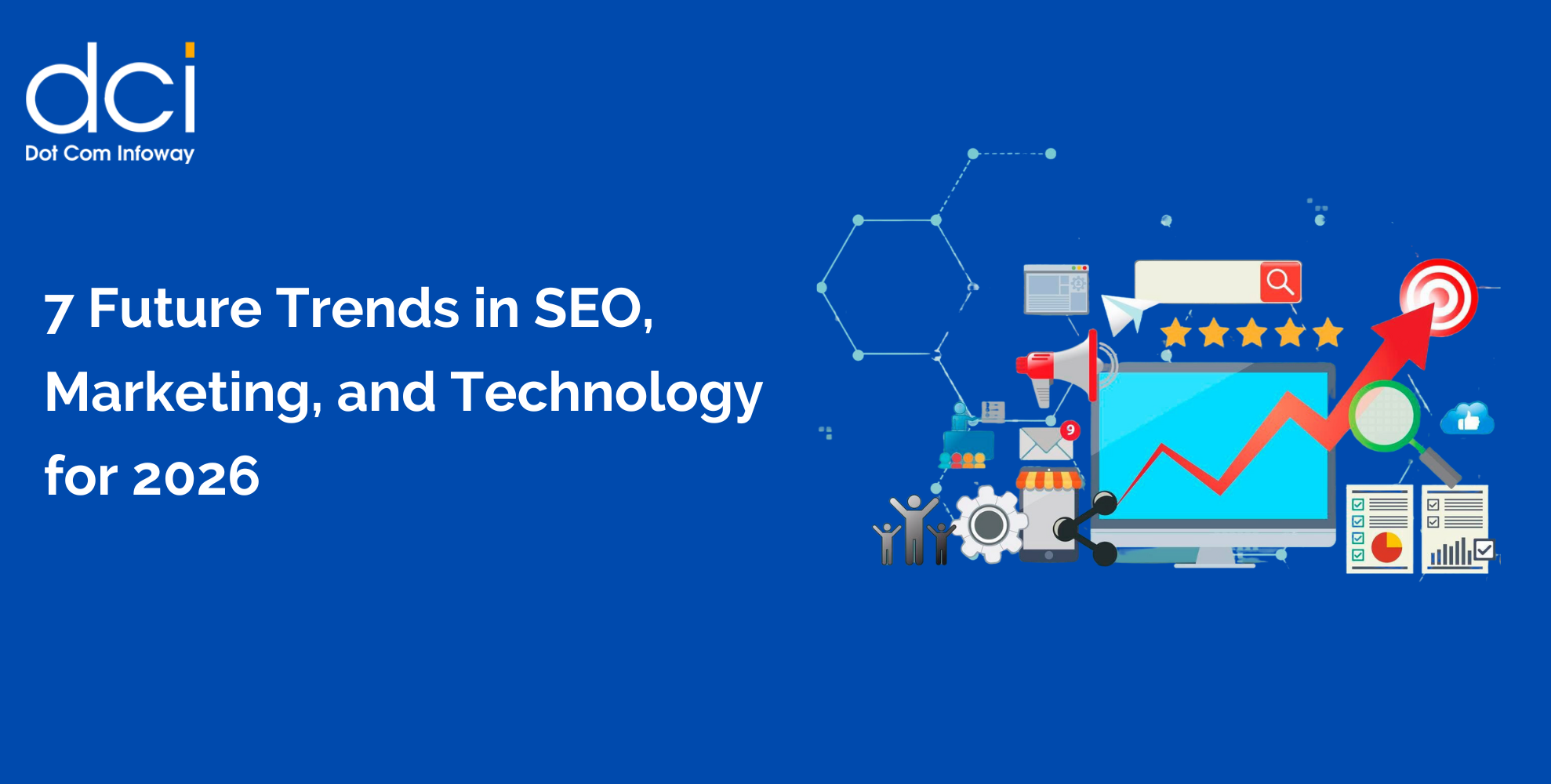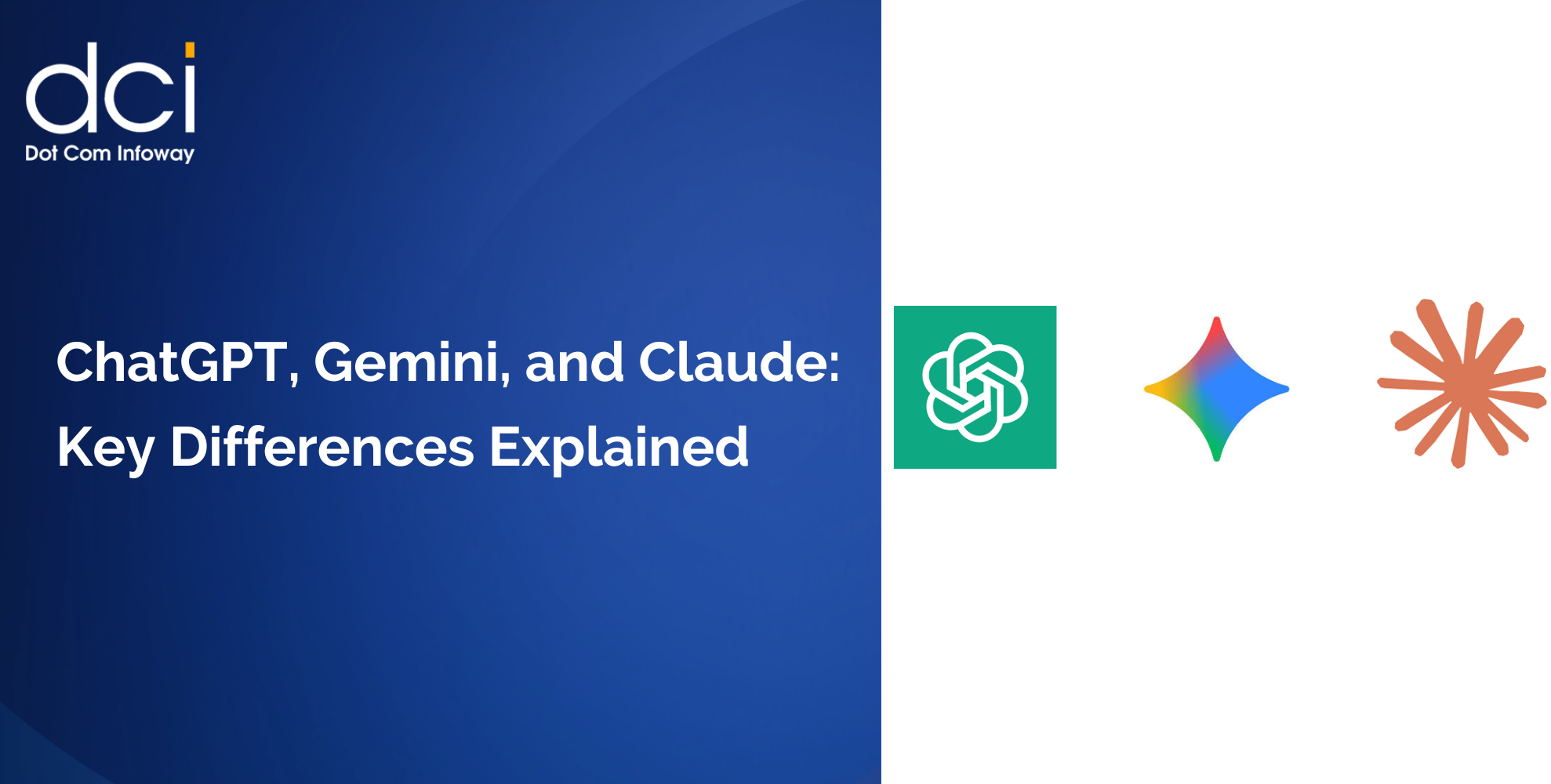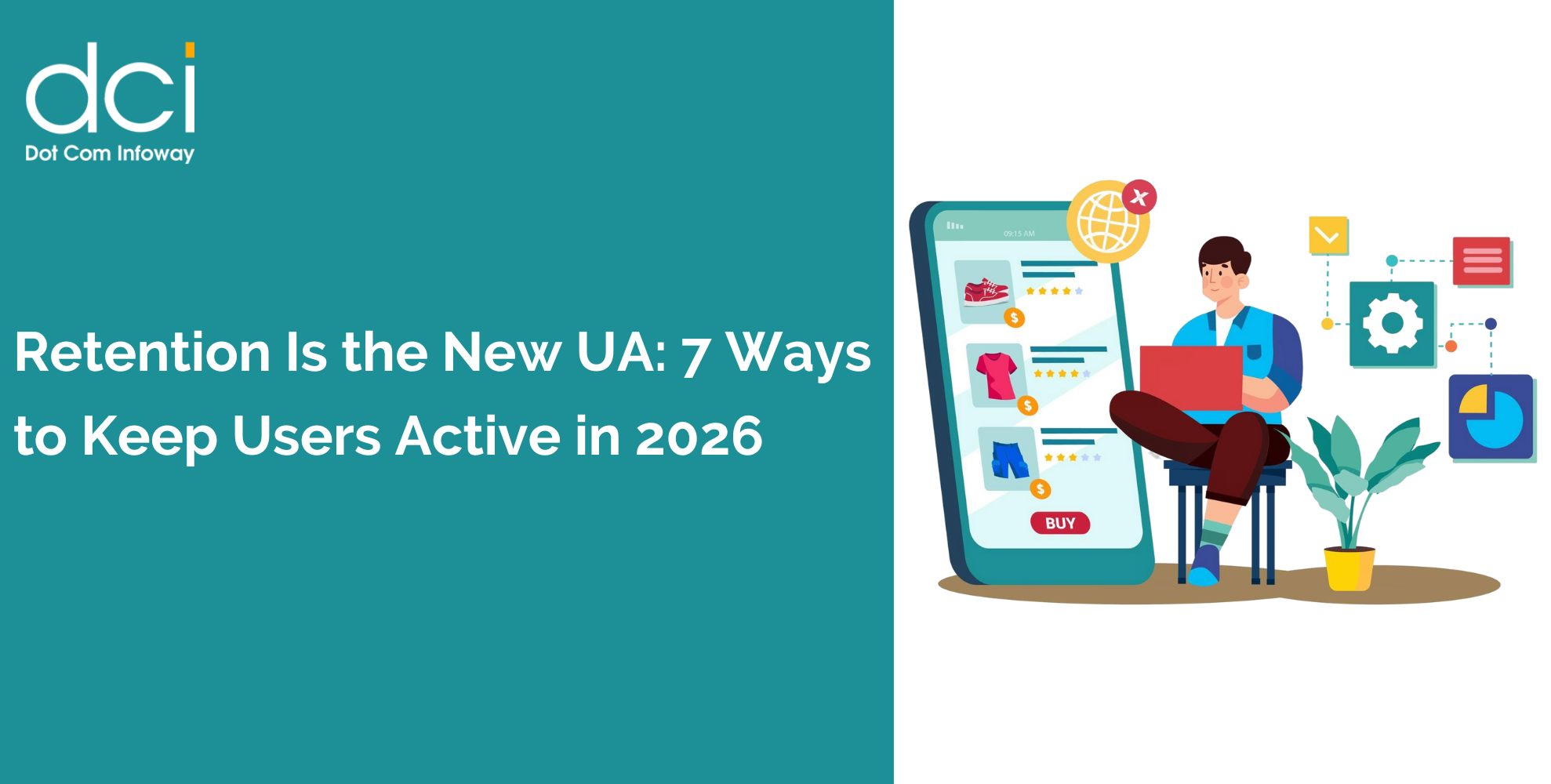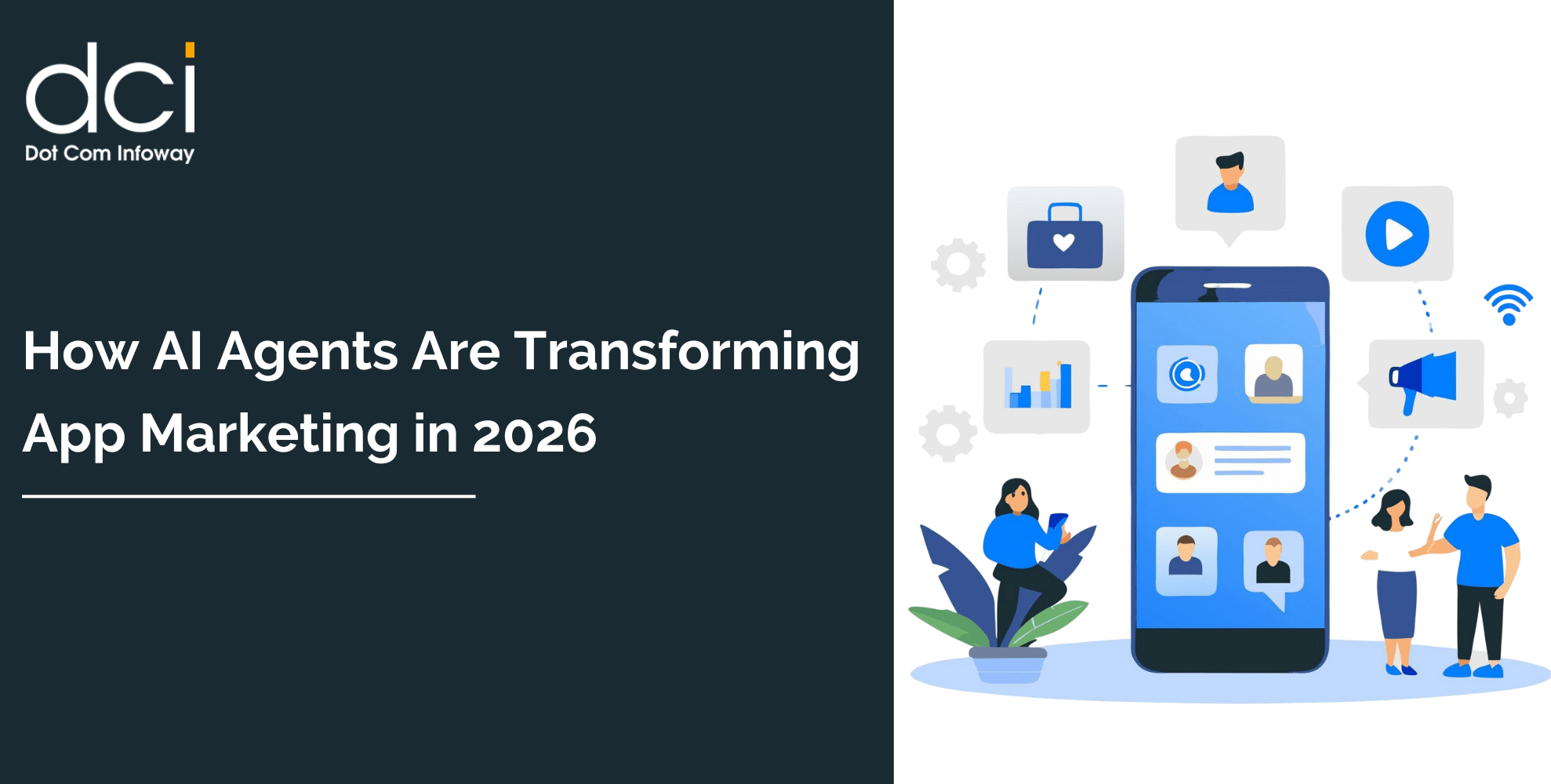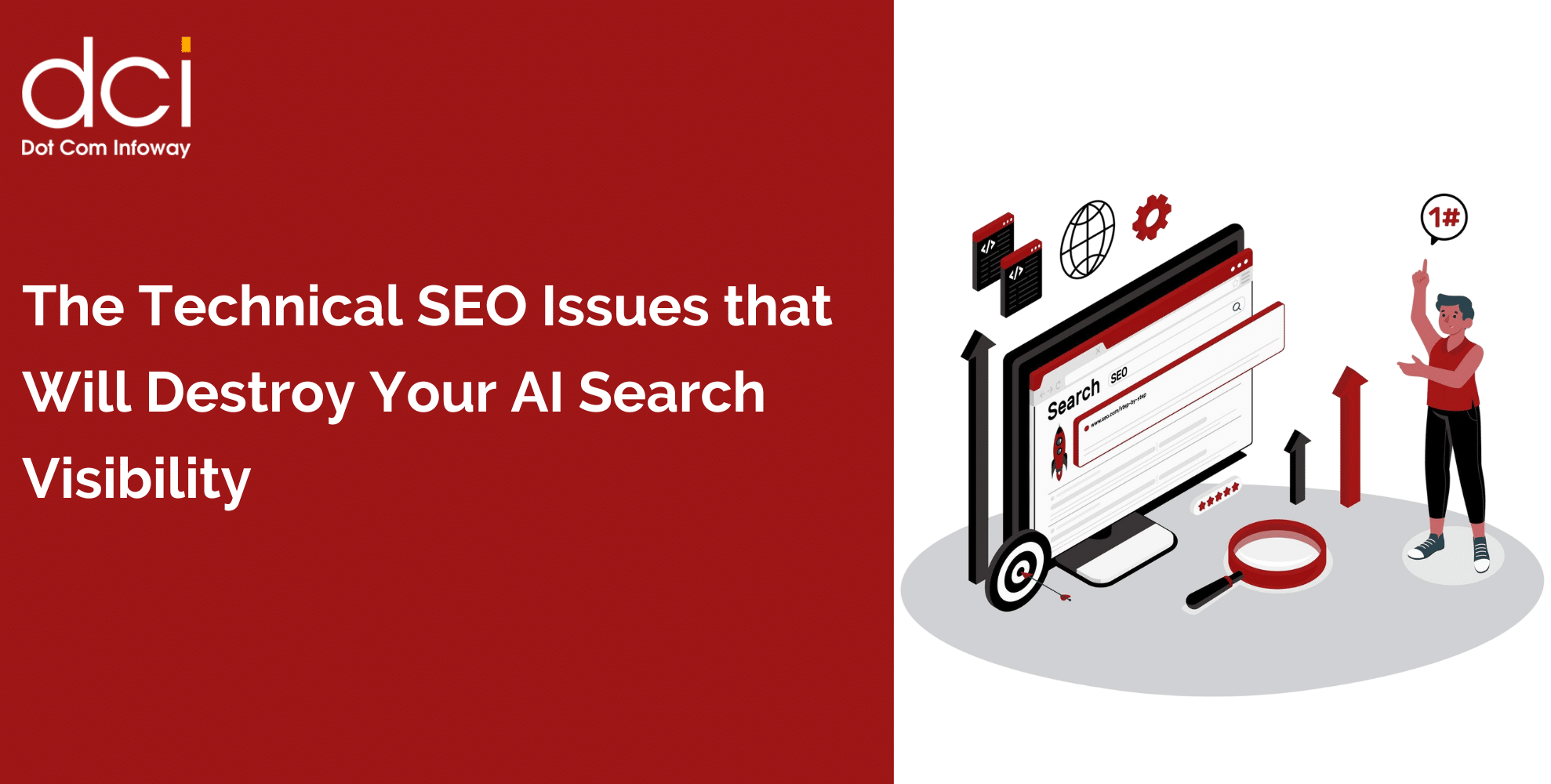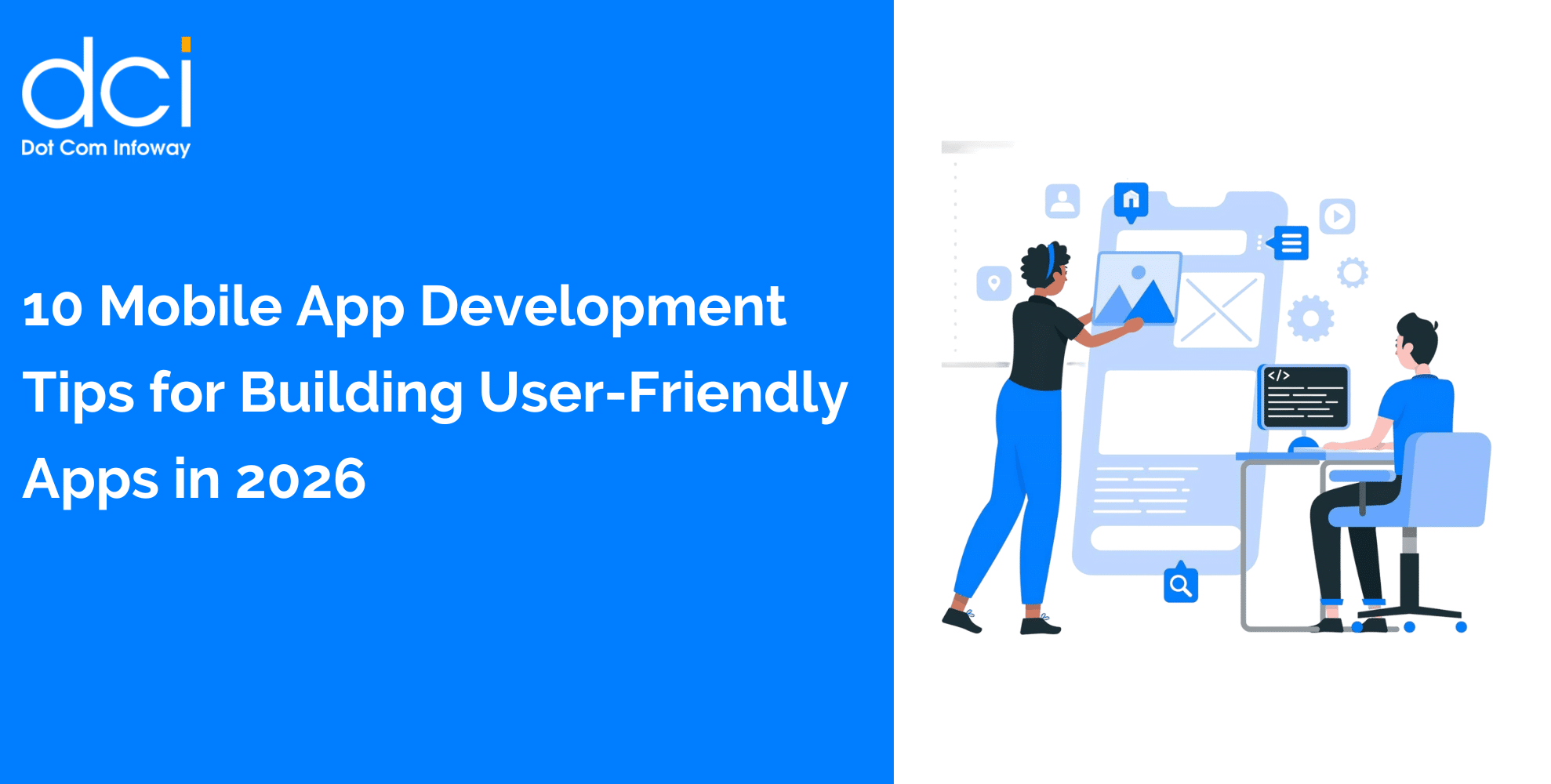1. Master Performance Max Campaigns for Multi-Channel Dominance
Performance Max campaigns have revolutionized how marketers approach digital marketing campaigns. Unlike traditional single-channel approaches, Performance Max leverages Google’s machine learning across Search, YouTube, Display, Gmail, and Discover simultaneously.
“Performance Max campaigns can significantly streamline campaign management and drive results, provided they’re fed with high-quality data.” Alessandro Colarossi, Partner Data Transformation Lead at Google
Real-World Performance Max Success
Euroflorist, a European flower delivery service, implemented AI-powered campaign optimization through Performance Max and achieved a 4.3% increase in conversion rate. Their success stemmed from feeding the algorithm comprehensive first-party data including customer purchase history, seasonal preferences, and geographic delivery patterns.
Third Marble Marketing reported even more dramatic results for their clients, with conversions up 87.5% after implementing Performance Max optimization strategies. Their approach focused on:
- Asset group optimization with diverse creative formats
- Strategic audience signal implementation
- Conversion value optimization rather than volume-focused bidding
- Regular negative keyword refinement to eliminate wasted spend
Performance Max Optimization Framework
The most effective Performance Max campaigns follow a structured approach:
Week 1-2: Foundation Building
- Upload maximum asset variety (15+ headlines, 5+ descriptions, multiple image formats)
- Implement conversion value tracking for different action types
- Set appropriate audience signals based on your best customers
Week 3-4: Data Collection
- Monitor asset performance reports for top performers
- Analyze search term reports to identify negative keywords
- Track conversion quality, not just quantity
Week 5+: Continuous Optimization
- Scale winning asset combinations
- Refine audience signals based on performance data
- Adjust budgets toward the highest-performing asset groups
2. Transform Audience Targeting to Eliminate Wasted Ad Spend
Generic audience targeting is conversion rate poison. Squidgy, a Newcastle-based digital marketing agency, proved this by achieving a 9% ROAS increase while spending less than the previous year through hyper-specific targeting.
“The targeting was extremely specific. This, coupled with outstanding creatives, set us up for great success.” —Sam Yielder, Senior Paid Media Manager at Squidgy
The Three-Tier Targeting System
Tier 1: High-Intent Audiences (60% of budget)
- Past purchasers within 30 days
- Cart abandoners with high-value items
- Email subscribers who clicked recent campaigns
- Website visitors who spent 3+ minutes on product pages
Tier 2: Warm Prospects (30% of budget)
- Lookalike audiences of your best customers
- Engaged social media followers
- Blog readers and content downloaders
- Retargeting lists from the past 90 days
Tier 3: Cold Acquisition (10% of budget)
- Interest-based targeting with demographic overlays
- Competitor audience targeting
- In-market audiences with negative keyword refinement
Advanced Audience Insights Mining
Reddit discussions in r/PPC reveal that successful marketers are leveraging first-party data segmentation beyond basic demographics:
Behavioral Triggers: Users who viewed specific product categories during sales periods
Purchase Intent Signals: Time spent on pricing pages, comparison tool usage
Lifecycle Stage Targeting: New customers vs. repeat buyers require different messaging approaches
3. Implement Conversion-Focused Bidding Strategies
Manual bidding is dead. The data is clear: automated bidding strategies focused on conversion optimization consistently outperform manual approaches when properly configured.
The Netflix Bidding Transformation
Netflix’s advertising team revealed during a 2024 marketing conference that their shift to maximize conversions bidding increased their subscription conversion rate by 23% within 60 days. Their approach included:
- Conversion Value Weighting: Premium subscriptions valued 3x higher than basic plans
- Seasonal Bid Adjustments: Increased bids during content launch periods
- Geographic Value Optimization: Higher bids in markets with lower churn rates
“We moved from managing bids to managing outcomes. The algorithm handles the complexity while we focus on strategic decisions.” —Netflix Performance Marketing Director (2024 Conference)
Implementation Best Practices
Phase 1: Preparation (Days 1-7)
Ensure conversion tracking accuracy across all touchpoints
Set up Enhanced Conversions for better attribution
Define conversion values based on actual customer lifetime value
Phase 2: Transition (Days 8-21)
Start with “Maximize Conversions” with a target CPA 20% higher than current performance
Monitor daily for the first week, then reduce to weekly check-ins
Document performance changes and adjust targets based on trends
Phase 3: Optimization (Days 22+)
Implement conversion value optimization
Layer in seasonal bid adjustments
Test different portfolio bid strategies for related campaigns

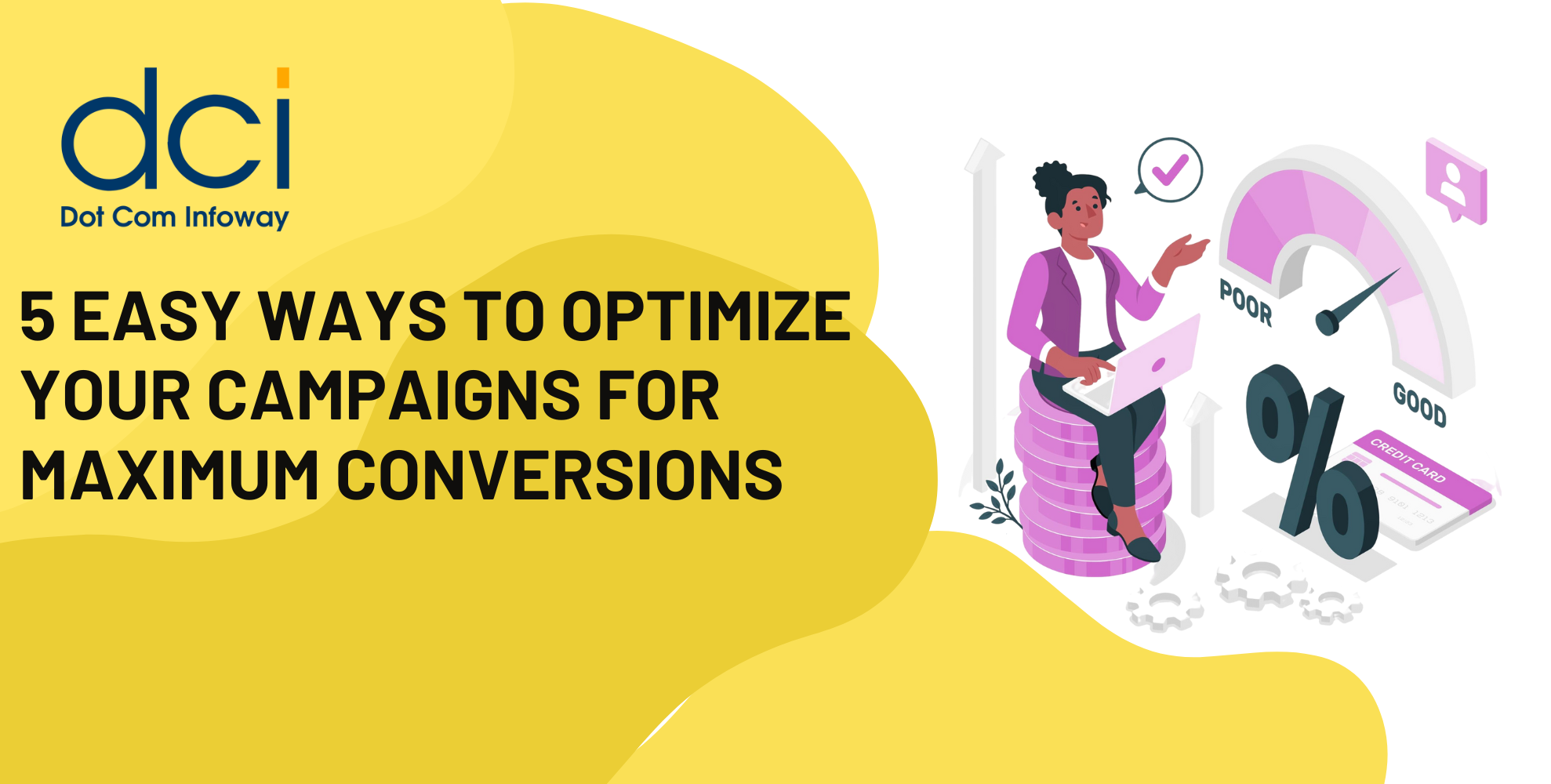

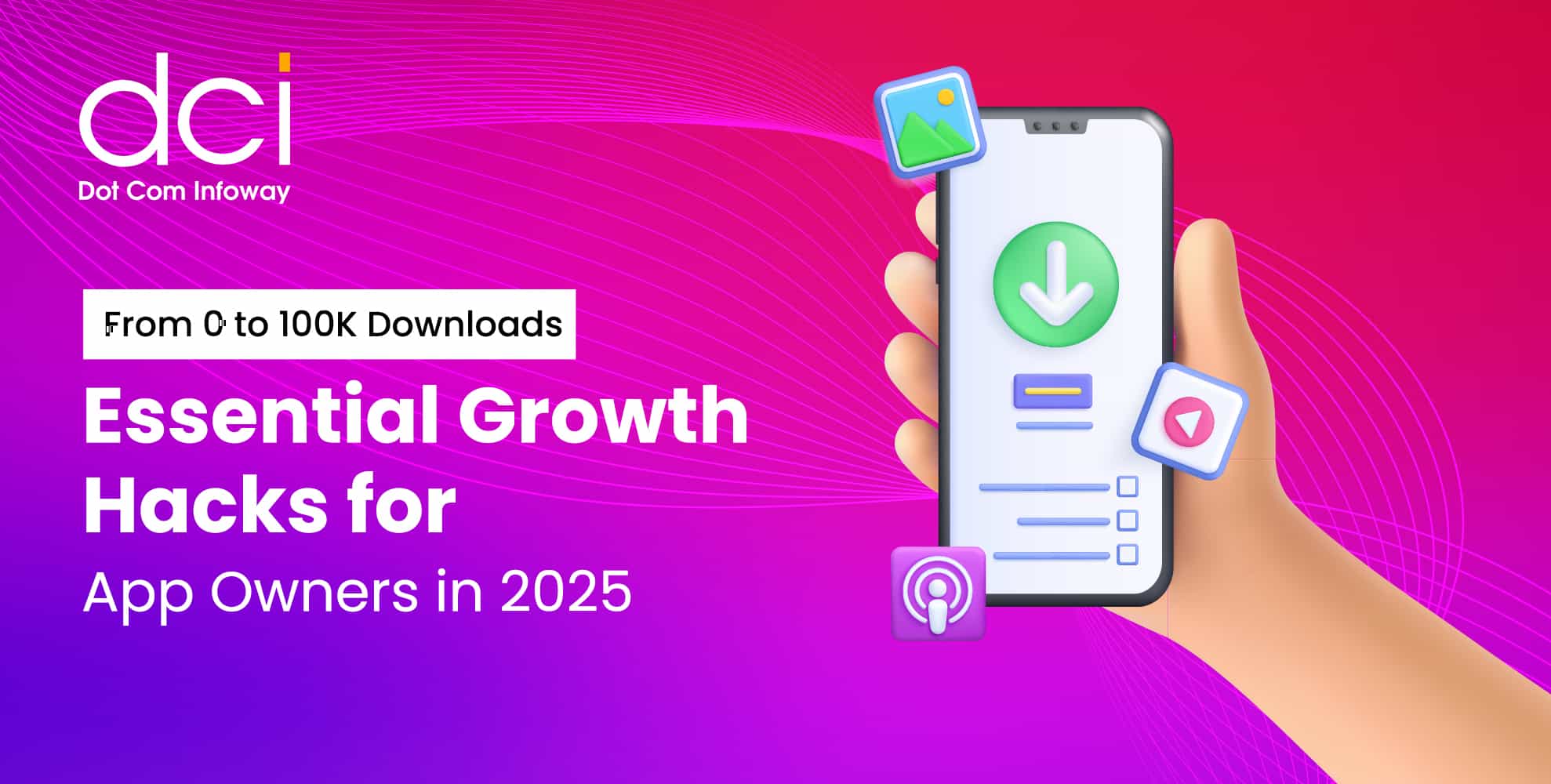

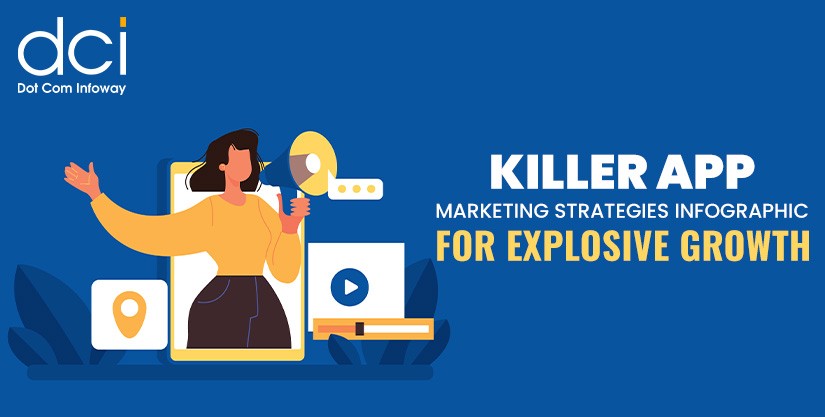

![The Game Marketing Guide: Pre and Post-Launch Strategies [Infographic]](https://www.dotcominfoway.com/wp-content/uploads/2023/09/DCI-Game-Marketing-blog-1.jpg)

